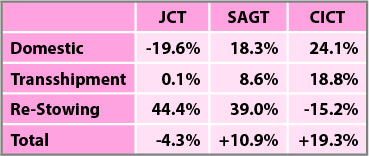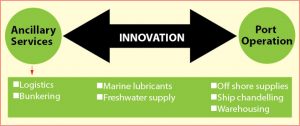Originally appeared on The Morning.
By Dhananath Fernando
New predictions are emerging that debt restructuring and International Monetary Fund (IMF) Board-level agreement may take until the end of this year. Another ongoing discussion is about the Local Government Elections and postponement of elections. Electricity tariffs are to be increased and 10 banks have been downgraded by Fitch Ratings as a recalibration of Sri Lanka’s sovereign rating.
Overall, it appears that economic reforms are being sidelined faster than expected, without realising the consequences of each action. It is true these complicated problems have no easy, straightforward solutions. No solution will be perfect and the validity, impact, and effect of any solution will be weighed against time. To put it simply, a solution that appears valid and reasonable today may not sound reasonable in a few weeks or months.
Each action has its consequences and inaction will also have consequences. It will be a battle between the consequences of action and inaction and the continuation of this for the next few years.
Reforms and restructuring
Let’s take the case of reforming State-Owned Enterprises (SOEs). With the election cycle commencing with Local Government Elections, attempts at restructuring SOEs such as the Ceylon Electricity Board (CEB) may be delayed. This delay means that inefficiencies will continue and tariffs will be increased without any competitive basis. This will in turn impact all businesses as well as macroeconomic indicators given the monopoly and the size of the electricity business. It may also extend the duration of power cuts and pave the way for another wave of protests, worsening the business environment.
Reforms too will be painful. Trade unions and some employees will be affected and an electricity monopoly can interrupt the life of the common man in multiple ways, with political and capital implications.
The cost of not implementing reforms will be much higher politically and economically, as it would be a cyclical result. Therefore, the reasonable decision is to restructure loss-making SOEs. Unfortunately, there is no other way out and delaying this further may invite darker years in the future.
The delays in the debt restructuring process will have its own consequences, both economically and geopolitically. The debt restructuring delay is a repercussion of maintaining bad foreign relations.
Poor international relations
How we treated India over the Economic and Technology Cooperation Agreement (ETCA) and in discussions on the East Container Terminal was extremely unprofessional and irresponsible. There is a significant difference between disagreement, negotiation, and unprofessional treatment.
By suspending the Light Rail Transit (LRT) project, we lost the respect and trust of Japan. We even annoyed China with the fertiliser matter and continuous regulatory delays with the Port City project. Our relations with the Middle East deteriorated with the cremation of dead bodies of the Muslim community during Covid.
We are not even in the good books of the US over the way we dealt with the MCC grant. Simply put, we do not have a friend who will extend a helping hand during troubled times. It is said that countries have longer memories than people. As such, we have limited our options due to our own grave mistakes.
A stalemate in a crisis
Economics and politics often go hand in hand. During an economic crisis, instability in politics is unavoidable. Our President does not have a direct mandate and the composition of the Parliament may not really reflect the people’s voice with the dawn of the completely new sociopolitical environment.
This was one reason the discussion of a common minimum programme was floated by concerned individuals and professionals, but it appears that this too has been discarded, with everyone slowly turning their attention to the election cycle. The calibre of our politicians is too inferior for them to understand the dynamics involved and to come up with responsive and novel policies and political options.
We are now in a stalemate, with a lot of short-term distractions. In such situations, we become distracted and waste our time on non-value adding activities without realising the massive deterioration of the quality of life. A deeper analysis shows that while the absence of economic reforms is a major issue, the fragility of our institutions is a bigger concern, with the institutional capability for the functioning of a basic society being almost nonexistent.
Solutions
Appointing capable and credible human resources for debt negotiations with China is essential to avoid delays. Acceleration of debt restructuring will unblock many other barricades, enabling us to move forward. There is a huge vacuum of capable human resources needed to carry out reforms. Therefore, providing space for already appointed committees to recruit more capable people and working out a time-bound solution matrix is important. The solution now lies in setting up institutions that can execute reforms to get us the required results.
The opinions expressed are the author’s own views. They may not necessarily reflect the views of the Advocata Institute or anyone affiliated with the institute.






